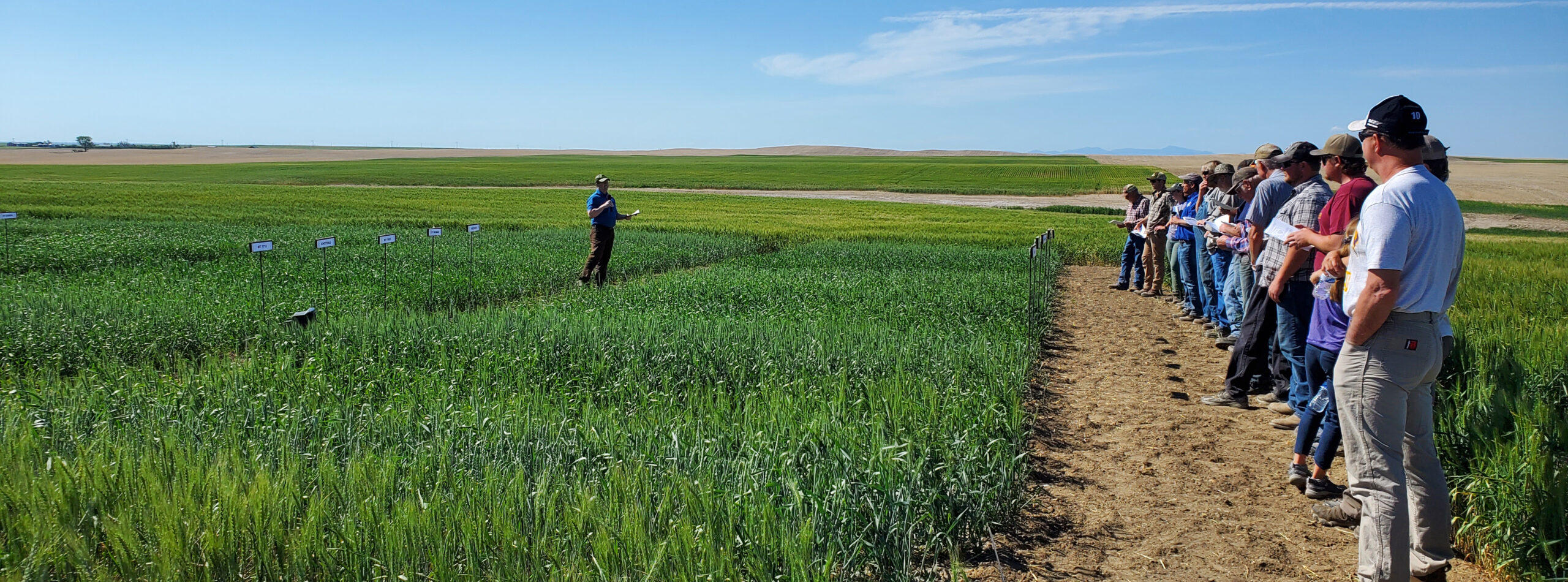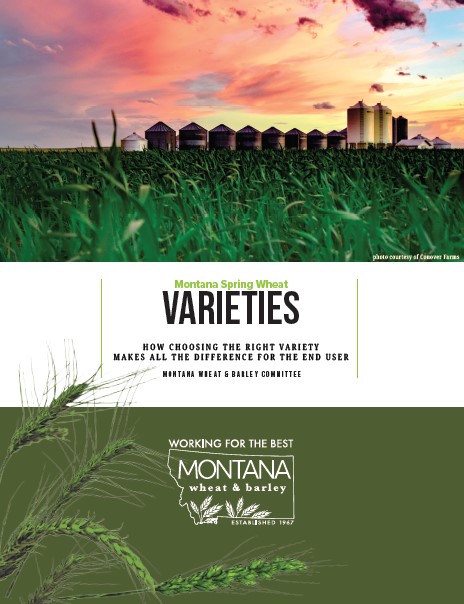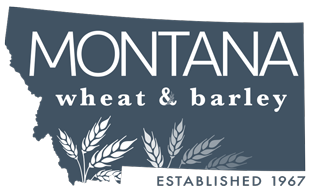
RESEARCH
research investment statement
We directly fund scientific research that improves quality, production, and best farm practices.
Grant & Sponsorship Submissions 3rd Quarter CY25
Access complete sponsorship submission information and proceed with the application process by visiting our grants & sponsorships page. Summer submission is July 1-15.
CY25 research grant awards have been selected. Read more about those recipients below.
2025 AWARDS
March Madness Winners
1st Place: Masters First Year
1st Place: Masters Later Year
1st Place: PhD Later Year
Research Grants Awarded for CY25
On-farm cereal variety and breeding line testing for environment-specific cultivars: MAES
Identifying and deploying genetic solutions to spring wheat challenges through a breeding pipeline: J. Cook
WSS research from remote sensing to pathogen evaluation: D. Weaver
Breeding for high quality milling characteristics along with yield, WSS resistance, winter hardiness, stripe rust: S. Mondal
On track for a high-yielding standard height line Jan. 2026 along with a solid stem variety; M. Giroux
Reducing impacts of limiting factors, PHS, biotic stress; and improving yields and quality: J. Sherman
Performing all end-use quality analyses on experimental breeding lines for Montana wheat breeding programs: D. Nash
An MSU varietal education specialist to work with growers on new variety adoption: M. Giroux
Potential for higher yields and lower protein; sustain pipeline, screen germplasm and testing: J. Jensen
Stay-green testing and identifying genetic mechanism of tolerance: J. Sherman
Composition of VOCs emissions during plant stages; behavioral experiments on oviposition prference: T. Oppedisano
HB4 transformation vector (BioCeres) to test Montana-adapted durum germplasm: M. Giroux
Effectiveness of remote sensing for precision weed mapping in fallow; testing accuracy and scalability: R. Pinto
Purchase of towing pickup for off-station variety testing research; matching funds utilized: P. Lamb
Dynamics of ROS levels in response to heat stress and employing RNA-sequencing for gene ID: J. Lachowiec
Remote sensing technology to investigate pest infestations in wheat: T. Oppedisano
Long overdue return to study of kochia and wild oats management and herbicide resistance: T. Seipel
Collecting 2024 barley crop quality producer data for contemporary and future study: J. Sherman
Tackling FHB in durum using 13 lines adapted to Montana for FHB resistance: F. Crutcher
Leveraging large language models to revolutionize ag data; AI tool bridging info gap: J. Vetch
Soil carbon accrual limits and agro-economic results, measuring alternate crop changes: P. Miller
Rotation impacts of barley, canola, lentil, pea and spring wheat on soil health: P. Carr
PLANTED GOLD

Montana State University Feature
4/23/24
Exploring HB4: Why the Gene Helps Further Additional Research
By
Brandon Tillett
Recently finishing first place in the annual March Madness: PhD Later Year category, Brandon authored this latest MSU blog, detailing how MSU has begun conventional research methods to evaluate the HB4 gene.
VARIETIES

2024 NASS Variety Reports
Funded by the Montana Wheat & Barley Commitee, each wheat and barley report covers a series of questions presented to more than 1,900 growers in this year’s collection of variety information. Click the links to read the full reports.
Montana Spring Wheat Varieties
Access our Montana Spring Wheat Varieties guide. You’ll find our scoring on the most-used varieties by Montana growers, end-use qualities we are seeking for variety development and testimonials.
RESEARCH PRIORITIES
CY25: $1.931M invested
Since 1967, MWBC has made research a priority. The Committee invests approximately 50 percent of total producer checkoff dollars in varietal development and best practice. Most of these dollars are spent with Montana State University-Bozeman (MSU). Montana’s Agricultural Experiment Station (MAES) has seven off-campus research centers throughout the state. These centers are located in targeted areas to relate directly to agriculture producers where they can address diverse challenges in Montana’s vast agri-ecosystems.
MWBC encourages growers to connect regularly with your local MAES. Your input is highly sought relative to the multitude of research projects conducted by MSU that will impact Montana’s grain industry.
Learn more additional information related to MAES.
INVESTMENT MISSION
Research: We directly fund scientific research that improves quality, production and best farm practices.
Market Development: We establish and cultivate trade relationships as well as explore new markets. We present relevant information to more than 1,000 potential buyers each year.
Education: We support organizations that further the overall knowledge of Montana agriculture.
Operations: We employ five staff members dedicated to pursuing our goal and carrying out our mission.
Sawfly Solutions
In Montana’s quest for a solution to the Wheat Stem Sawfly, Montana Wheat & Barley Committee has produced a video tuned for the national research community. Here’s a teaser:
